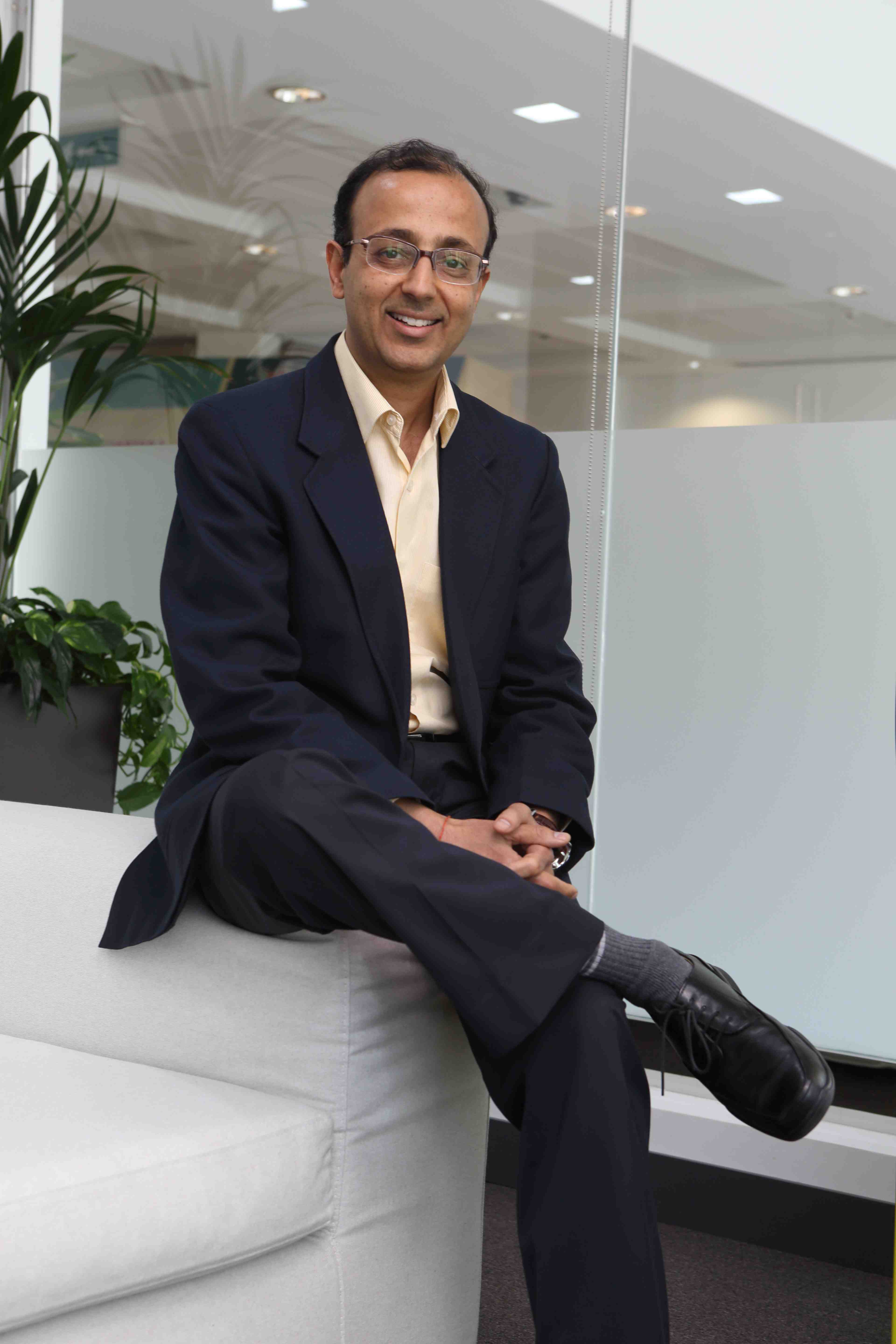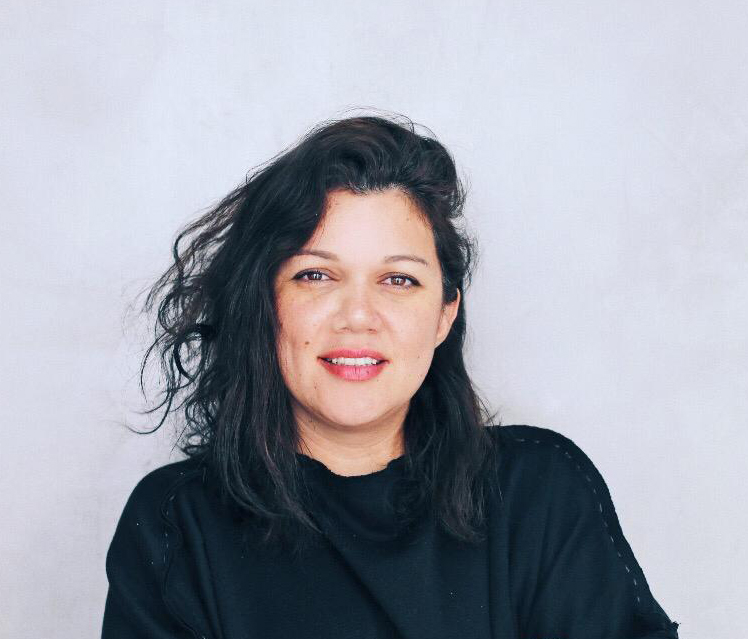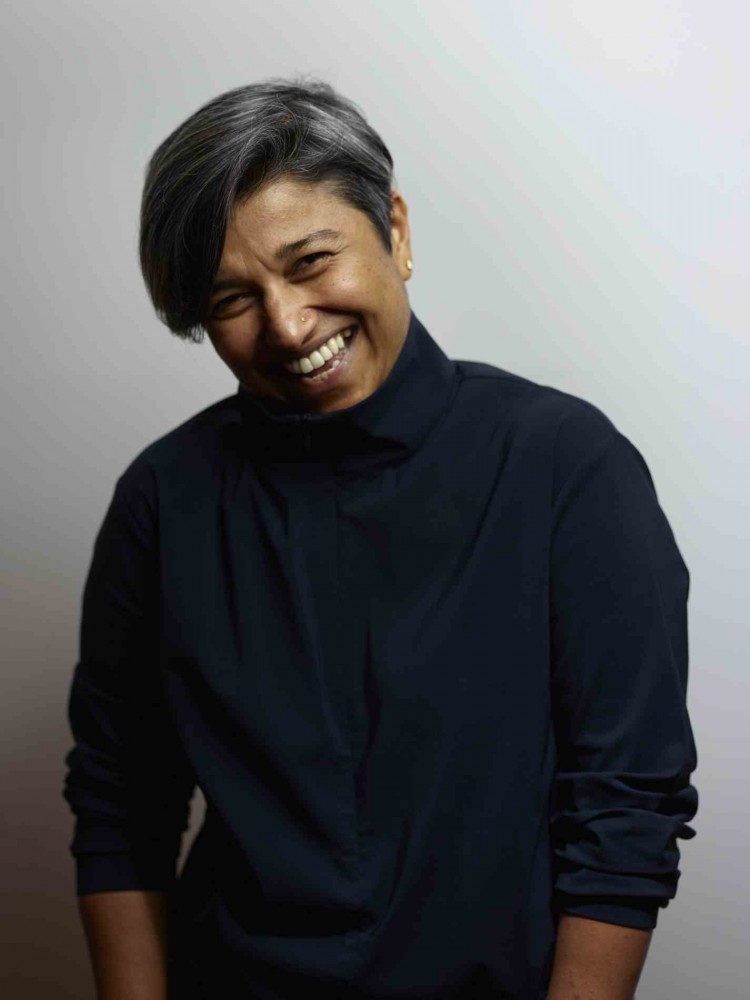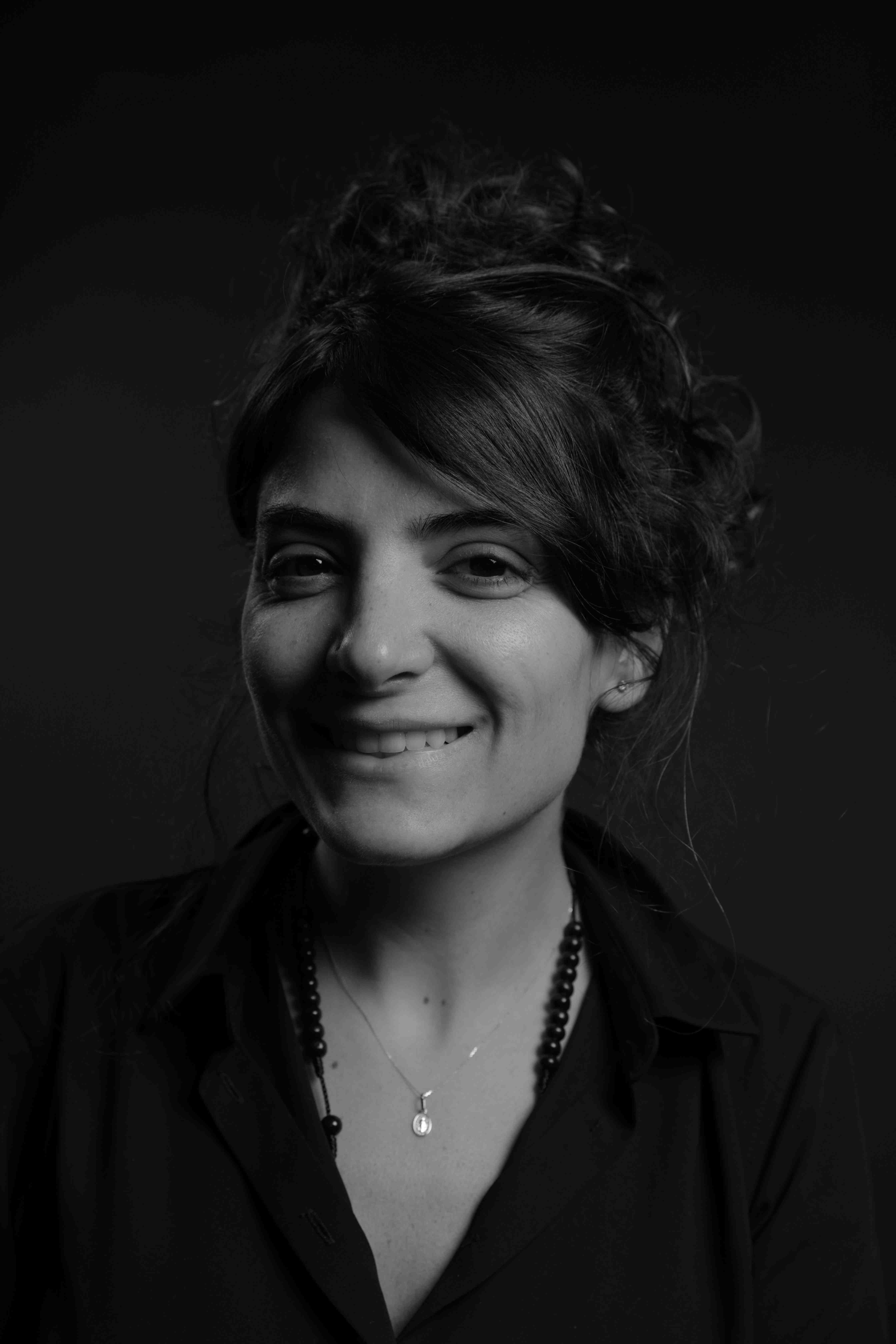News - Advertising
Stifling stereotypes in Advertising
by Iain Akerman
April 8, 2020

“Advertising, even today, relies on stereotyped gender roles to promote products,” says Sanjiv Kakkar, executive vice president of Unilever MENA, Russia, Ukraine, Belarus and Turkey. “As a result, the marketing and advertising industry often defaults to regressive gender norms. This further strengthens stereotypical values and behaviour in society, negatively reinforcing how people think they should look and behave, and how others think they should look and behave due to their gender.”
Why we are still discussing the representation of women in advertising in 2020 is a frustrating question to face, but the facts speak for themselves.
According to an analysis of gender stereotyping in Gulf-focused advertising by the UAE’s Zayed University, women were the main character in 83 per cent of all commercials for body products aired during a single day on MBC1. The study, which was carried out on behalf of the Advertising Business Group (ABG) and released in March last year, also found that women were the main character in 78 per cent of ads for home appliances and 60 per cent of food commercials. The research, which also included quantitative content analysis of TV commercials aired over a full week on MBC1, was based on 66 different ads.
In contrast, women were the lead in only 25 per cent of car commercials and the lead in only 12 per cent of ads set in an occupational environment. The conclusion? That “television advertising in the Gulf continues to perpetuate traditional gender stereotypes and does not portray realistically the increasingly progressive role of women in the region”. In essence, women “continue to be the queen of the home”. The report was instrumental in the ABG’s decision to draft guidelines to help advertisers move away from the use of gender stereotypes. Its gender code guideline is to be published this year.
“The greater Middle East region has a long way to go to achieve gender balance across all sectors,” says Kakkar, who is also chairman of the ABG. “And it is well acknowledged that the prevalent gender stereotypes – among men and women and girls and boys – are fundamentally blocking progress towards equality.”
Similar findings were published by the Geena Davis Institute on Gender in Media, which collaborated with Google and the USC Signal Analysis Interpretation Laboratory to measure representation in advertising on YouTube. The study, which analysed over 2.7 million YouTube videos uploaded by advertisers between 1 January, 2015 and 31 March, 2019, found that viewers saw female characters in car ads 28 per cent of the time and 29 per cent of the time in business and industrial ads. For education and government commercials, it was 33 per cent. Conversely, the numbers spiked for retail ads, hitting 58 per cent.

“The greater Middle East region has a long way to go to achieve gender balance across all sectors. And it is well acknowledged that the prevalent gender stereotypes are fundamentally blocking progress towards equality.”--Sanjiv Kakkar, executive vice president of Unilever MENA, Russia, Ukraine, Belarus and Turkey
It’s not difficult to see why this is a problem. According to the UK’s Advertising Standards Authority, gender stereotypes in ads “can lead to unequal gender outcomes in public and private aspects of people’s lives”. By diminishing or limiting the role of both men and women in society, “advertising can also lead to negative consequences, particularly for women, such as body dissatisfaction, reduced self-confidence and restricted career and professional opportunities”, adds Kakkar.
From a purely business perspective, such stereotyping makes little sense. A Kantar study of Unilever ads published last August, for example, revealed that more progressive advertising had 37 per cent more branded impact and improved purchase intent by 28 per cent. What’s more, consumers expect brands to help drive change within society, not perpetuate negative aspects of human behaviour.
So why are advertisers and their agencies still producing ads that continue to peddle gender stereotypes? And why do so many people seem to think it’s acceptable?

“Businesses that embody gender equality, both internally and in their communication, do better, have a better working environment and get more affinity from people.” --Rana Khoury, creative director, Leo Burnett Beirut
“The first issue is internal to ad agencies, where women are still expected to do more to break the glass ceiling or to get equal pay,” replies Rana Khoury, creative director at Leo Burnett Beirut. “The second issue is that some clients are reluctant to join the modern world and still look at women as products to increase sales. This vision of the woman is not only sexist, but honestly, it’s very harmful for business.”
Not all brands are getting it wrong, of course, and advertisers fall into either of two main camps, says Marie-Claire Maalouf, creative director at Impact BBDO Dubai. The first consists of conventional brands that are afraid to take risks and prefer to use formulas that have worked for them in the past. The second consists of brands that are progressive. The latter includes the likes of Nike and Magrabi.
Nevertheless, there are four primary concerns that underpin the perpetuation of gender stereotyping in advertising, believes Vidya Manmohan, executive creative director of Grey Dubai. The first is an inadequate in-depth understanding of the region and its target audience. The second is an insufficient number of risk takers at management level. The third is a dearth of storytellers capable of moving the bar, and the fourth is simply the lazy repackaging of clichés.

We need to hire more women across the field – from research to planning to creative – and let them be heard.”--Vidya Manmohan, executive creative director of Grey Dubai
However, these problems can be overcome by making a conscious decision to change, says Manmohan. That means “hiring more women across the field – from research to planning to creative – and letting them be heard”. Data is also important, adds Khoury, because it proves what a difference the removal of stereotyping in communication can make. “Businesses that embody gender equality, both internally and in their communication, do better, have a better working environment and get more affinity from people,” says Khoury.
“We need more people in the business who not only study the past behaviours of consumers, but who have a vision of what behaviours should not be energised through advertising anymore,” adds Maalouf. “We need people in the business who know how to speak to people. Not to consumers. We need to hire more people with a higher level of awareness and vision. People who understand that advertising is not only selling products but shaping cultures and anchoring or changing beliefs. If we keep investing in the same pattern over and over again we will never achieve true innovation in anything we do. And that’s a real nightmare. Especially for creatives.”

“We need people in the business who know how to speak to people. Not to consumers. […] People who understand that advertising is not only selling products but shaping cultures and anchoring or changing beliefs.”--Marie-Claire Maalouf, creative director at Impact BBDO Dubai
The objectives are clear. To un-stereotype communication. And that doesn’t necessarily mean “aiming to empower/encourage/enable (or any condescending word starting with an ‘e’) women”, says Maalouf. “While inspiring women to explore their full potential is key, it’s also important to think about how we’re doing it,” she says. “And that’s definitely not by creating a new stereotype of an empowered woman.”
“We really need to relook at the structure of companies, the values we follow, the things we expose our staff to, and the hires we make,” she adds. “Ads are generated by people and approved by people. Who are these people? On what basis have they been hired? We are in an age where we need to look beyond what people can do and look at who these people are. Are they sensible citizens? Are they critical thinkers, creatives, innovators? Are they courageous enough to do what it takes and to follow through?
“We need people in the industry who truly understand the impact that media has on people, who are conscious beings, who are social workers, who understand the notion of equal representation between men and women and the harm that can be generated by stereotyping and labelling. Until we change the structure of companies and agencies we will keep producing the same results in the all the communications we do.”
You May Like: What's with Sexist Ads?











